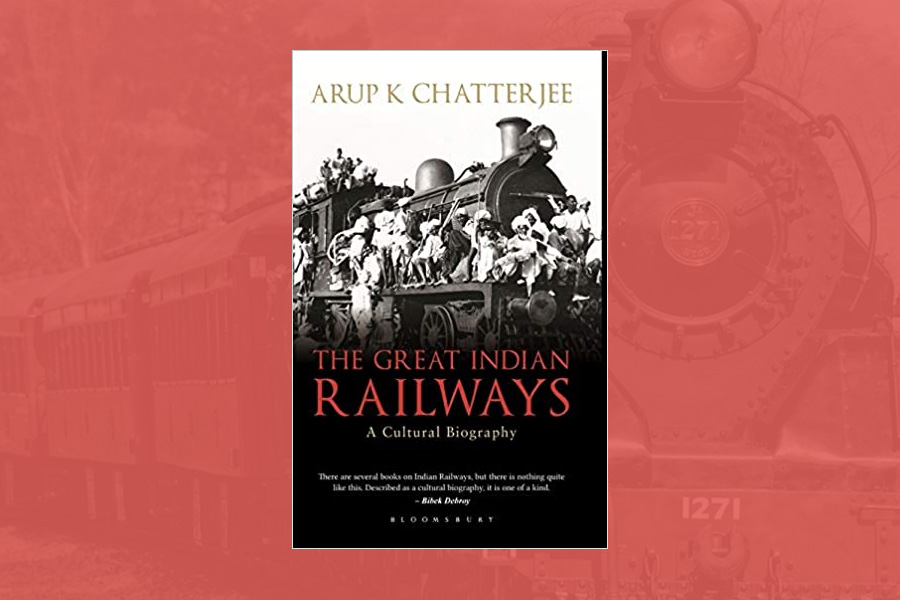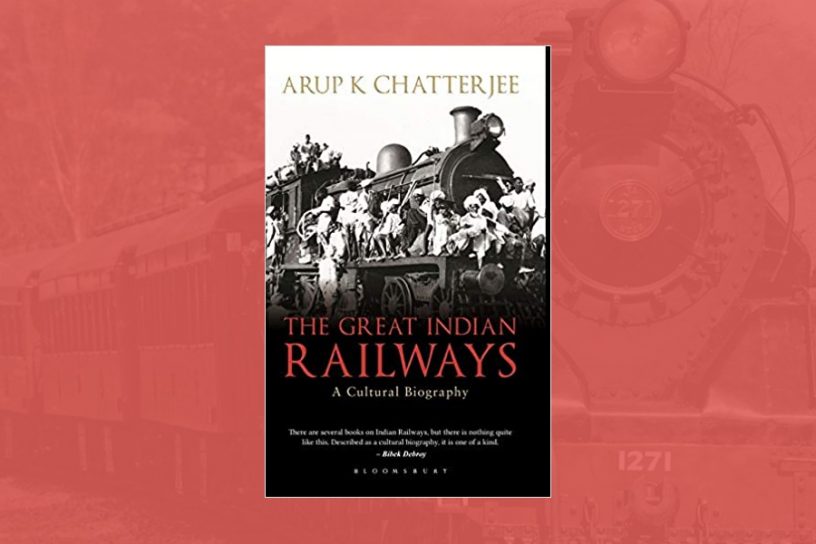
The Great Indian Railways is replete with anecdotes from imperial politics, European and Indian accounts, the battlefronts of the Indian nationalist movement, Indian cinema, songs, advertisements, and much more.
Author
Arup K. Chatterjee, Associate Professor, Jindal Global Law School, O.P. Jindal Global University, Sonipat, Haryana, India.
Summary
Following an experimental railway track at Chintadripet, in 1835, the battle for India’s first railroad was fought bitterly between John Chapman’s Great Indian Peninsular Railway and Rowland MacDonald Stephenson’s East India Railway Company, which was merged with Dwarkanauth Tagore’s Great Western of Bengal Railway.
Even at the height of the Mutiny of 1857, Bahadur Shah Zafar promised Indian owned railway tracks for native merchants if Badshahi rule was restored in Delhi. From Jules Verne to Rudyard Kipling to Mark Twain to Rabindranath Tagore to Nirad C. Chaudhuri to R.K. Narayan and Ruskin Bond-the aura of Indian trains and railway stations have enchanted many writers and poets.
With iconic cinematography from The Apu Trilogy, Aradhana, Sonar Kella, Sholay, Gandhi, Dil Se, Parineeta, Barfi, Gangs of Wasseypur, and numerous others, Indian cinema has paved the way for mythical railroads in the national psyche.
The Great Indian Railways takes us on a historic adventure through many junctions of India’s hidden railway legends, for the first time in a book replete with anecdotes from imperial politics, European and Indian accounts, the battlefronts of the Indian nationalist movement, Indian cinema, songs, advertisements, and much more, in an ever-expanding cultural biography of the Great Indian Railways. Dubbed as ‘one of a kind’ this awe-inspiring saga is ‘compulsive reading.’
Published by: Bloomsbury
To read the full article, please click here.


